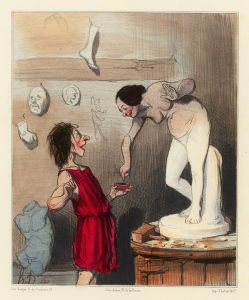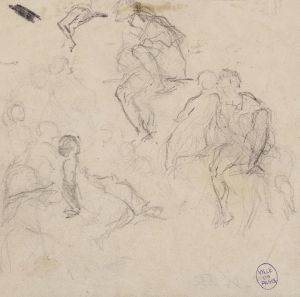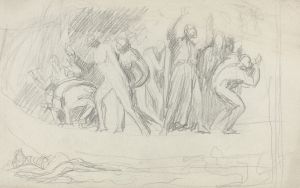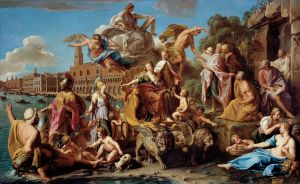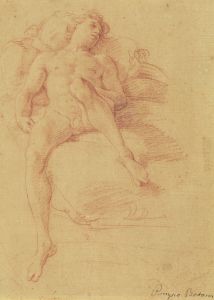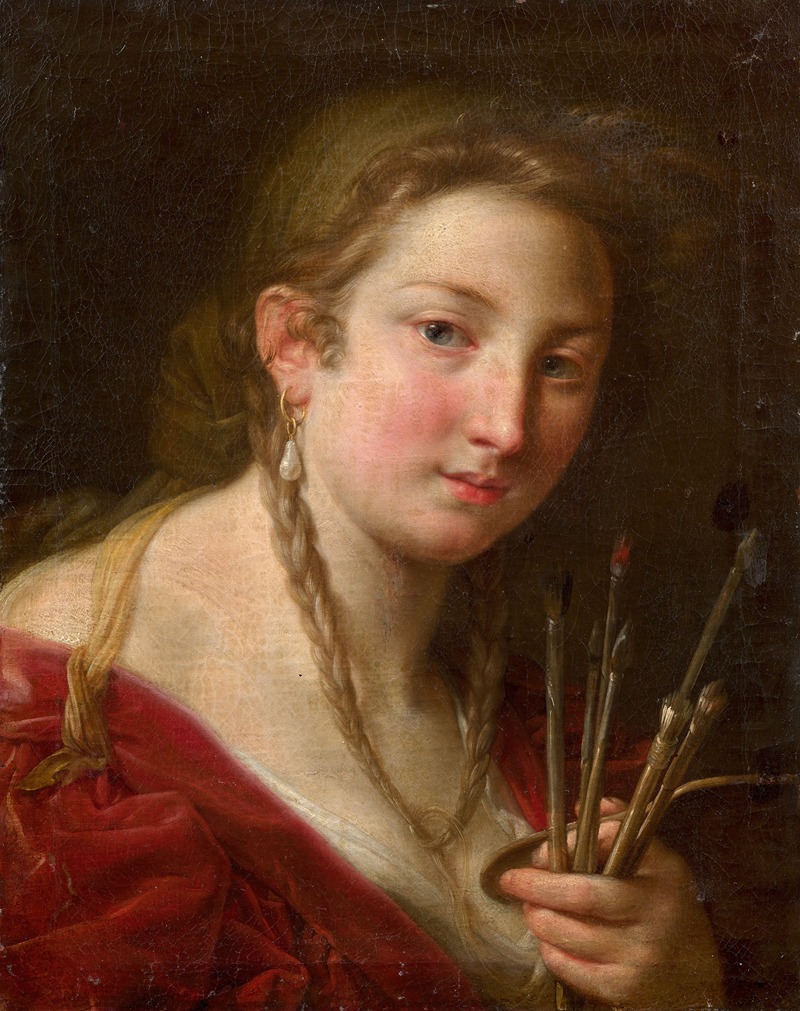
Allegory of painting
A hand-painted replica of Pompeo Batoni’s masterpiece Allegory of painting, meticulously crafted by professional artists to capture the true essence of the original. Each piece is created with museum-quality canvas and rare mineral pigments, carefully painted by experienced artists with delicate brushstrokes and rich, layered colors to perfectly recreate the texture of the original artwork. Unlike machine-printed reproductions, this hand-painted version brings the painting to life, infused with the artist’s emotions and skill in every stroke. Whether for personal collection or home decoration, it instantly elevates the artistic atmosphere of any space.
Pompeo Batoni's Allegory of Painting is a notable work by the renowned Italian painter, who was active during the 18th century. Batoni, celebrated for his portraits and allegorical compositions, created this painting as a representation of the art of painting itself, a theme that was common in the Baroque and Rococo periods. The exact date of the painting's creation is not definitively documented, but it is consistent with Batoni's mature style, which flourished during the mid-18th century.
In Allegory of Painting, Batoni employs a female figure to personify the art of painting, a convention rooted in Renaissance and Baroque traditions. The woman is depicted with attributes commonly associated with the allegory of painting, such as a palette, brushes, and possibly a canvas or easel. These elements symbolize the tools and craft of the painter. The figure's pose and expression convey a sense of inspiration and creativity, aligning with the ideals of artistic genius celebrated during the period.
Batoni's mastery of technique is evident in the painting's refined details, harmonious composition, and use of light. His ability to render textures, such as the softness of fabric and the sheen of metallic objects, reflects his training in the academic tradition and his deep understanding of classical art. The work also demonstrates Batoni's skill in integrating allegorical themes with a sense of naturalism, a hallmark of his oeuvre.
The painting is an example of Batoni's engagement with the intellectual and cultural currents of his time. Allegorical works like this were often commissioned by patrons who sought to express their appreciation for the arts or to align themselves with the ideals of the Enlightenment. Batoni's reputation as one of the leading painters in Rome during the 18th century made him a favored artist among European aristocracy and intellectuals, further cementing his legacy in the history of art.
The current location of Allegory of Painting is not specified in widely available sources, and details about its provenance remain limited. However, Batoni's works are held in major collections around the world, including the Louvre, the National Gallery in London, and the Uffizi Gallery in Florence, suggesting that this painting may reside in a similar prestigious institution.
This painting exemplifies Batoni's contribution to the tradition of allegorical art and his ability to blend technical precision with thematic depth. It remains a testament to his skill and the enduring appeal of allegorical imagery in Western art.







